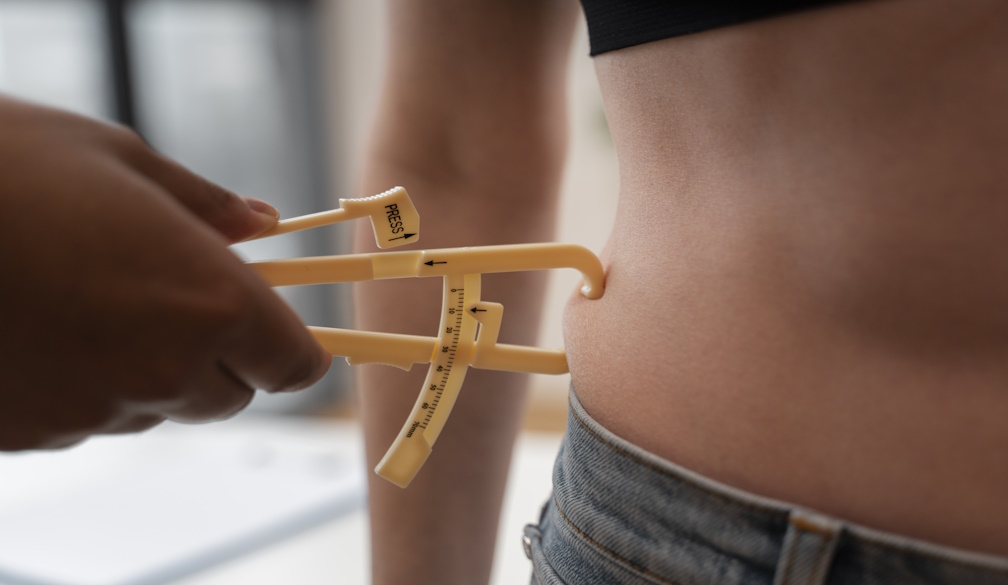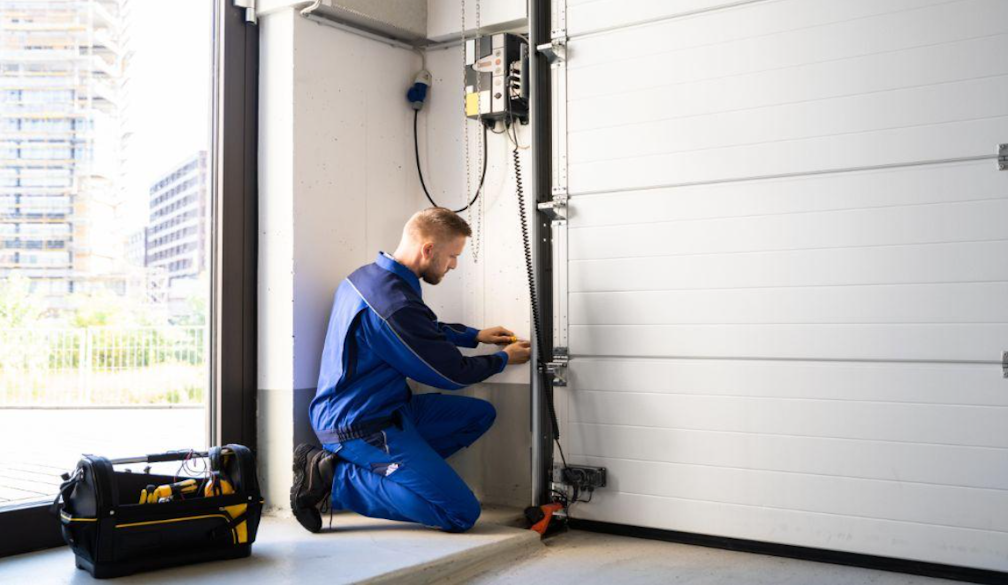3 Most Commonly Broken Bones in The Body

Given the large number of bones there are in the human body, -206 of them- broken bones is one thing that's pretty common. Some bones however, are at a higher risk of breaking than others. Tending to broken bones (also called fractures) is one of the many duties of an orthopedic surgeon adelaide.
Fractures occur simply when your bones get hit by more force than they can take. This can happen in situations like a car accident, falls or kicks to the body. Osteoporosis is another cause of fractures. This is a condition where your body fails to produce new tissues to replace old ones. This leaves your bones brittle and makes it easier for fractures to occur.
The three bones listed below often come in direct contact with external forces during accidents and hence are at higher risk of breaking than others.
-
The collar bone (Clavicle)
The clavicle is the most commonly fractured bone in the body. It is a long slender bone that runs from shoulder to shoulder. Many reasons predispose the clavicle to breaking. Its prominent position in the body as well as its length and shape makes it easy to break during contact sports like football. Another really common way you can break your clavicle is by holding your arms out whilst trying to break a fall. In a similar scenario, slipping or tripping on a pavement can also result in a fracture.
-
Wrist
Wrist fractures are very common and can happen to people of any age group. In people younger than 75, wrist fractures are usually as a result of physical activities like contact sports, skiing and other such activities. In older people, osteoporosis is most likely the cause for wrist fractures.
-
Hip
Despite being one of the strongest bones of the femur, the hip bone is also one of the most common fracture bones. It usually results from a fall. Getting a fracture in your hips renders one immobile and this can be a particular source of concern if you are over 65. Interestingly 90% of hip fractures are reported by people in that age group.
Being unable to move while recovering from a broken hip means the patient is at a greater risk of blood clot, pneumonia and other such conditions.
How To Prevent Fractures
Preventing a fracture is way better than healing from one. Also, given that prevention doesn't really require much effort, it is better to prevent than to cure. As well as making sure that you are getting the recommended allowance of calcium, iron, and vitamin d (whether that's through what you eat or a something like this liposomal vitamin d supplement), you can prevent fractures by:
-
* Avoiding falls
-
* Staying in shape
-
* Eating right
Healing From a Broken Bone
On average, fractures take between 6-8 weeks to completely heal. The exact time it takes however, depends on factors like:
-
* The location of the fracture
-
* Your age
-
* The fracture type
-
* Your overall health
Having a fracture can be quite a painful experience and recovering from one isn't a walk in the park either. Preventing a fracture by simple means is always way better than healing from one.

























